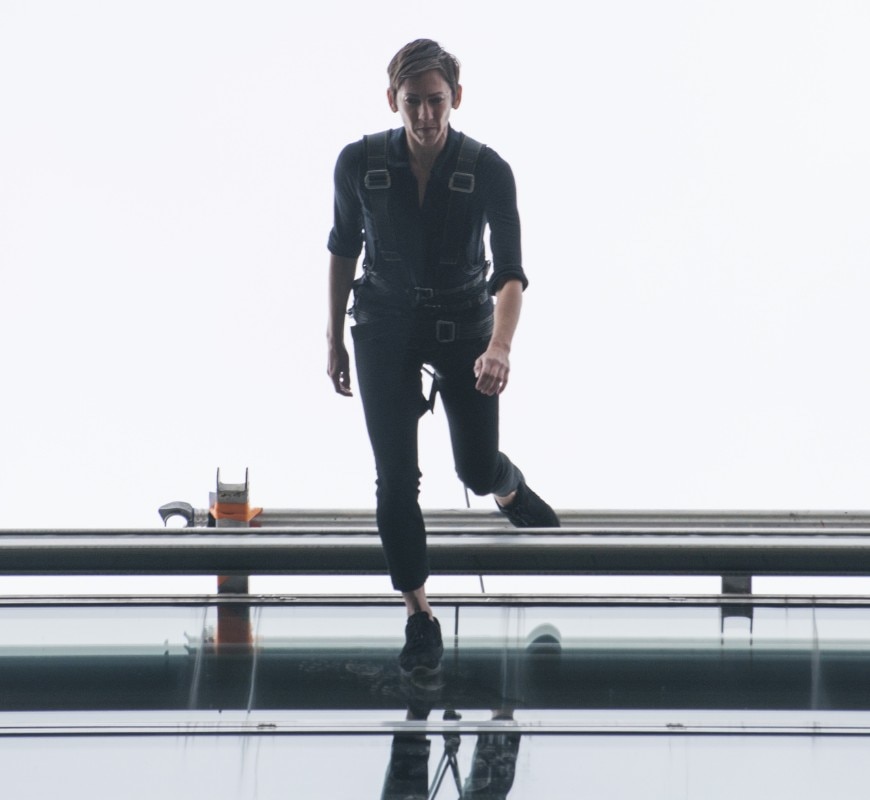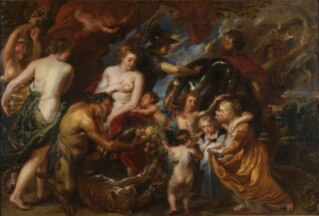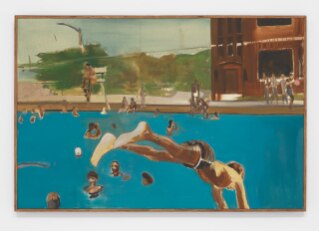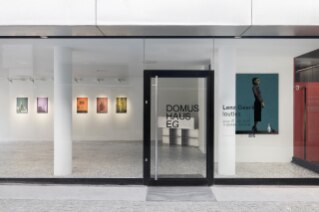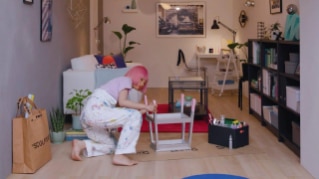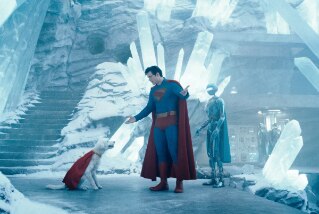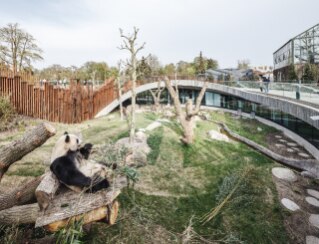
The programme in Paris, created under the artistic direction of Carolyn Lucas and Diane Madden, is a retrospective rereading of the priceless sobriety of gestures and spaces. It immerses Ms. Brown’s work in the highly original soundscape of The Great Animal Orchestra, a sound-and-vision exhibition on at the Fondation Cartier until 8 January 2017. This is an acoustic landscape by the American musician and bioacoustician Bernie Krause, and the dance programme follows an indoor and outdoor walking route within the concreteness of its sound surroundings. The dance’s proximity to the context, interspersed with soundscapes from endangered natural habitats, ultimately shines a different light on the “very brief” descent from the glass-and-steel building designed by Jean Nouvel.
The distance from the same “walk” in black and white on the brick facade of a building in New York’s SoHo neighbourhood is measured in decades and filming techniques, but it remains an event. It is a radical idea that unleashes a sea of thoughts on the laws of gravity, statics and equilibrium. It underlines Trisha Brown’s ability to generate micro-revolutions by using simple devices. It is the directing and disrupting of the spectator’s attention toward unusual spaces that other artists had not yet dealt with. She has often shown this regaining of centrality for spaces that lived in the indifference of the eye. In each of her performances, she travelled and made us travel in unexplored perspectives that could offer her dances ceilings, walls, corners, roofs and connecting spaces.
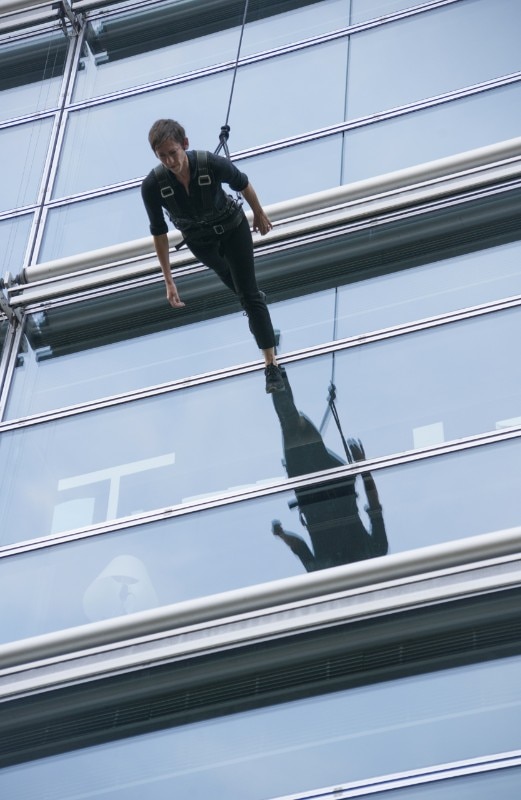
From the choreographical complexity of a warehouse in Newark to the variable roof structures of downtown New York, her repertory can now cite all these “outings” – from the more urban to those in nature. We are looking at an endless canvas for improvisations, a central concept in the work of Anna Halprin, of whom Ms. Brown was a pupil, and in the work of Simone Forti, with whom she shared a contemporaneous debut. Her studies were nourished by and survived the shock of the first happenings, and Robert Whitman’s theatre works. She incorporated such events consistently. Her mission was to demystify the idea of the spectacle that narrates and describes a world made up of danceable places. This included the hypothesis of being read in physical terms, in terms of assembly. No sophistication exists in these extremely evocative studies that reduce the distance between dancers and the public, and that invite us to multiply our points of view. Such concepts were explored by many artists including Robert Rauschenberg, with whom Trisha Brown embarked upon memorable collaborations.
Even in the most elementary pieces of work presented in this cycle – specifically very short numbers such as Sticks IV, II (1973) and Leaning Duets (1970), which lasts three minutes – it is easy to see her interest for the instability of situations.
